From Bartering to Bitcoin in Your Lifetime
I’ll give you three common cards for that one rare one.” That simple exchange was bartering – the oldest form of commerce on Earth. Believe it or not, in your lifetime, money has evolved from physical cash everyone trusted to digital code that exists only on computers. Let’s take a stroll through this remarkable journey that many of us have witnessed firsthand.
When Coins Were Actually Valuable (The Good Old Days)
If you lived through the era of landlines with curly cables (and perhaps those circular dial phones too!) you probably recall when coins contained actual precious metals. Before 1965, U.S. quarters and dimes were 90% silver. They had intrinsic value – the metal itself was worth something.
Personal Example: My uncle Charlie used to save pre-1965 quarters in a coffee can. “These are real money..” he’d tell me. “The silver inside is worth more than 25 cents.” He was right – today, those silver quarters are worth about $4-5 each just for their metal content!
This was the tail end of “commodity money” – currency that has value because it’s made from something inherently valuable. For most of human history, this is how money worked. Gold and silver coins were valuable because, well, they were gold and silver!
Paper Money: “I Promise to Pay the Bearer…”
Take a close look at an older dollar bill, and you might notice it once said it was a “Silver Certificate.” This meant you could theoretically exchange it for actual silver at a bank. Money was essentially a receipt for real valuables held somewhere else.
Then came a pivotal moment many of us lived through without realizing its significance. In 1971, President Nixon ended the convertibility of U.S. dollars to gold. This “closing of the gold window” fundamentally changed money forever. Suddenly, our dollar wasn’t backed by anything tangible – it had value simply because the government said it did and people believed it.
Real-World Example: Martha, my neighbor who’s now in her 70s, tells a story about her father’s reaction: “Dad came home that night in 1971 saying, ‘They’ve done it – money isn’t real anymore.’ We all laughed, but he was onto something profound.”
This shift to “fiat currency” (money valuable by government decree rather than intrinsic worth) happened during many of our adult lives. Interestingly, this trust-based approach to money set the stage for later digital innovations.
The Plastic Revolution: Cards Replace Cash
By the 1980s and 1990s, many of us were carrying less cash and using more plastic. Credit cards had been around since the 1950s, but they became ubiquitous during our lifetimes.
Remember your first ATM withdrawal? That magical moment when a machine dispensed cash after you punched in a PIN code? Or getting your first credit card? These innovations represented another evolution: money was becoming information rather than physical objects.
Personal Example: My first credit card in 1985 came with a paper booklet to record purchases. I’d write down each transaction, subtract it from my available credit, and mail a check for payment. Today, I wave my phone at a terminal and money moves instantly – no cash, no cards, not even a signature!
This shift to electronic money was massive. Your paycheck went from a physical check to direct deposit. Bills went from writing checks to automatic withdrawals. Money was becoming digital long before Bitcoin appeared.
Online Banking: Money Becomes Data
By the early 2000s, many of us were already using fully digital money without thinking about it. When you checked your bank balance online, those numbers on the screen represented your money – but not in a physical sense. Your money existed primarily as entries in a database.
Real-World Example: When Susan retired in 2005, her pension went straight into her checking account electronically. She could go weeks without touching physical cash, paying bills online and using her debit card for purchases. “I realized one day that I hadn’t seen the inside of my bank in months,” she told me. “My money had become invisible, just numbers on a screen.”
This digitization of traditional currency set the stage for the next revolution: what if money could be not just digitally managed but digitally native?
The 2008 Financial Crisis: Trust Erodes
Many of us watched in horror as the 2008 financial crisis unfolded. Banks that seemed rock-solid collapsed. Government bailouts used taxpayer money to rescue financial institutions that had made risky bets. For many people, this damaged trust in the financial system.
Personal Example: Robert, a retired teacher, lost nearly 40% of his retirement savings during the crash. “The hardest part wasn’t losing the money,” he says. “It was realizing that the experts I trusted had no idea what they were doing. The banks had created a house of cards.”
This erosion of trust created fertile ground for an alternative approach to money – one that didn’t require trusting banks or governments.
Enter Bitcoin: Money Without Middlemen
In October 2008, as the financial crisis was raging, a mysterious figure named Satoshi Nakamoto published a nine-page document titled “Bitcoin: A Peer-to-Peer Electronic Cash System.” The timing wasn’t coincidental – Bitcoin was designed as a response to the very problems being exposed in the traditional financial system.
Bitcoin proposed something revolutionary: money that works without banks, governments, or any central authority. Instead of trusting institutions, you trust mathematics and a distributed network of computers.
Simple Explanation: Imagine if, instead of each person having their own checkbook that only they can see, the entire town shared one giant ledger that recorded every transaction. Everyone gets a copy, everyone can see it, and it gets updated only when the majority agrees a transaction is legitimate. That makes cheating nearly impossible because everyone is watching!
Bitcoin launched in January 2009, and for years it remained an obscure experiment. In 2010, someone used 10,000 Bitcoins to buy two pizzas – a transaction now worth hundreds of millions of dollars! The system slowly gained users who appreciated its unique features:
- Fixed Supply: Unlike dollars, which governments can print endlessly, Bitcoin has a maximum limit of 21 million coins, making it potentially resistant to inflation.
- No Central Control: No single entity can freeze your account or block your transactions.
- Borderless: Send value anywhere in the world without banks or wire services.
- Transparent yet Private: All transactions are public on the blockchain, but user identities are pseudonymous.
From Curiosity to Mainstream
For years, many dismissed Bitcoin as a passing fad or tool for illicit activities. But something remarkable happened – it didn’t disappear. Instead, it grew, spawned thousands of other cryptocurrencies, and gradually entered mainstream consciousness.
Real-World Example: Tom, a retired dentist, ignored Bitcoin for years until his grandson explained it during Thanksgiving dinner in 2017. “He told me it was like digital gold – scarce and valuable because there’s a limited supply. That clicked for me. I’d seen the dollar’s purchasing power decline throughout my lifetime, so the idea of money with a fixed supply made sense.”
By 2021, major companies like Tesla were holding Bitcoin on their balance sheets. PayPal and Venmo were allowing users to buy and sell cryptocurrencies. Even traditional banks were offering cryptocurrency services to clients. The outsider had begun to go mainstream.
Where We Stand Today: Multiple Forms of Money
Today, we live in a world with multiple forms of money existing simultaneously:
- Physical Cash: Still important but declining in use
- Bank-Managed Digital Money: What’s in your checking account
- Cryptocurrencies: Bitcoin and thousands of alternatives
- Emerging Central Bank Digital Currencies (CBDCs): Government-issued digital currencies that combine elements of traditional money and cryptocurrency technology
You’ve witnessed this entire evolution – from commodity money to fiat currency to electronic banking to cryptocurrency. Each step reduced the physical nature of money and increased its abstract, information-based qualities.
What Makes Money “Real” Anyway?
What this journey teaches us is that money has always been about trust and agreement. Gold has value largely because we all agree it does. Dollars have value because we trust the government and collectively agree to accept them. Bitcoin has value because a growing number of people trust its mathematical rules and agree to use it.
Money isn’t about the physical form – it’s about the shared belief system that gives it value. Throughout your lifetime, that belief system has evolved and expanded to include new forms of money that your parents could never have imagined.
Whether you decide to explore Bitcoin or stick with traditional currency, understanding this evolution gives you perspective that younger generations lack. You’ve seen money transform multiple times, which puts you in a unique position to evaluate new developments with both wisdom and an open mind.
After all, if you’ve mastered the transition from paper maps to GPS navigation, you can certainly understand the evolution from quarters with real silver to digital money made of nothing but math and consensus.
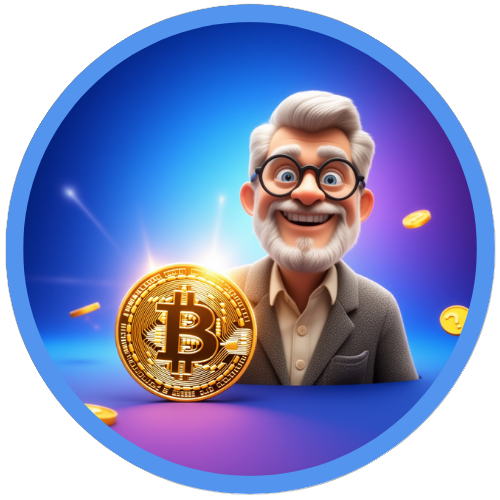

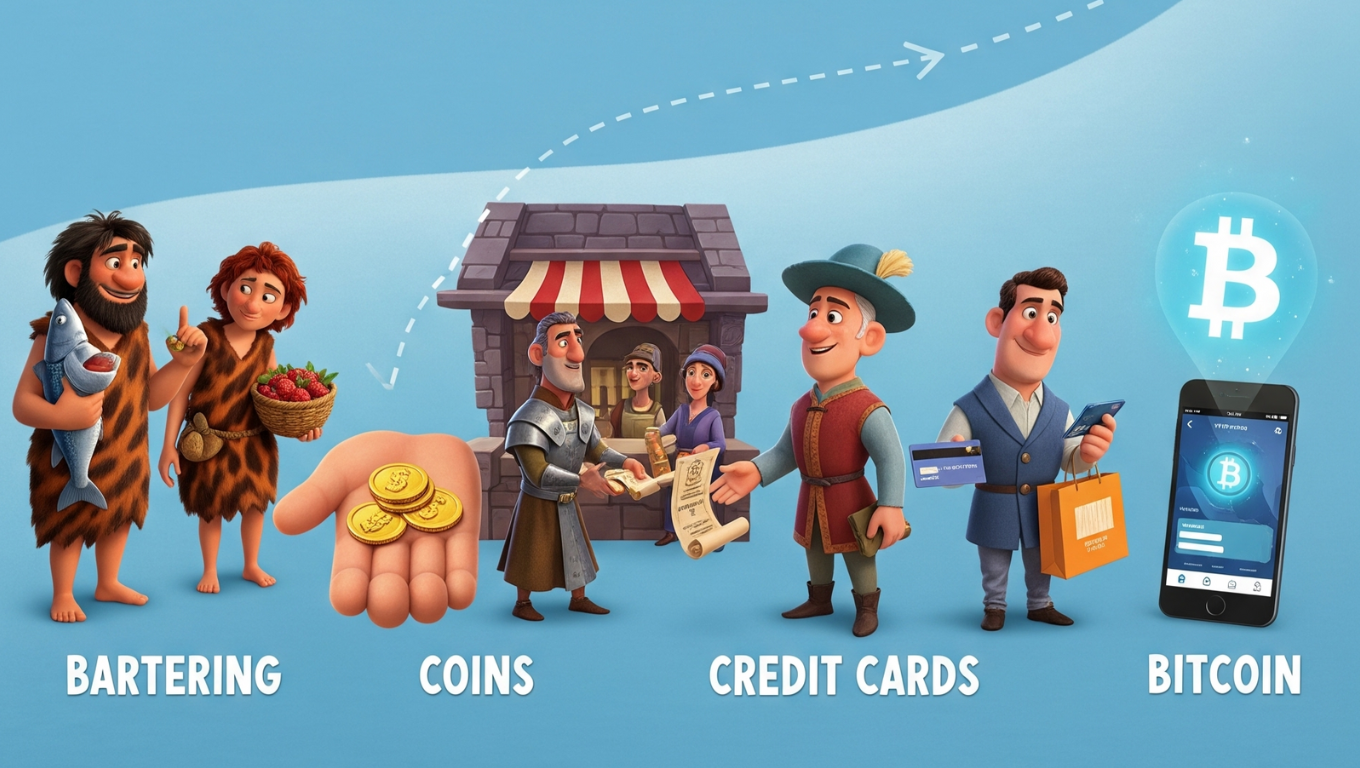
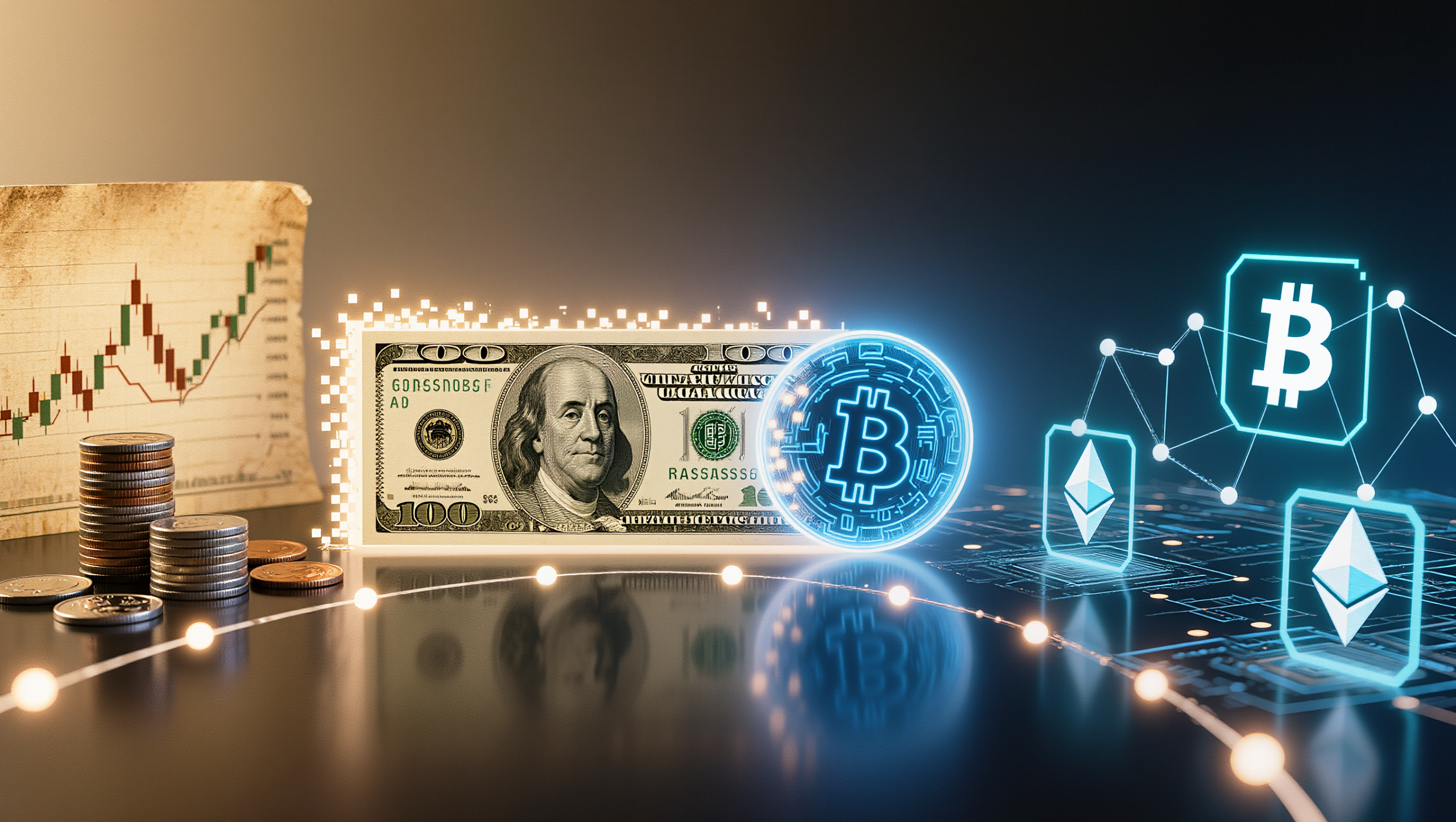
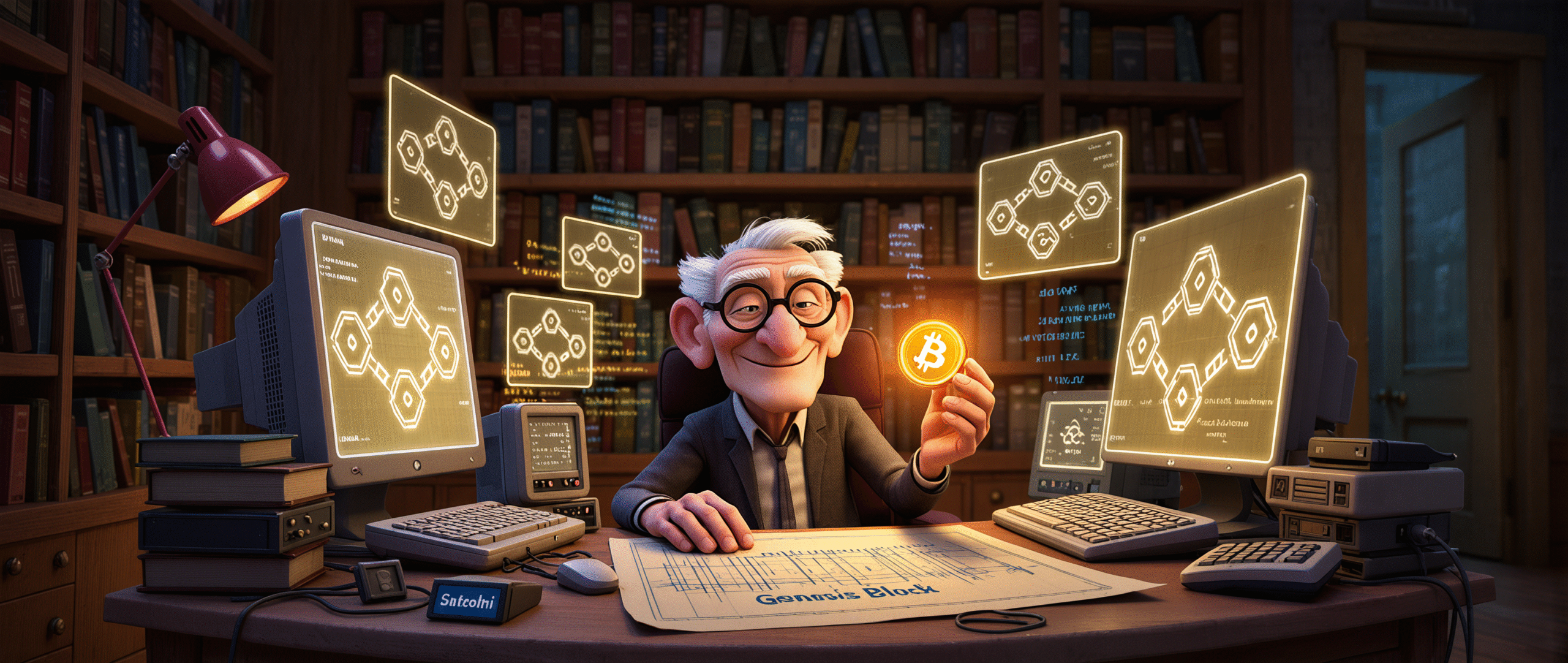
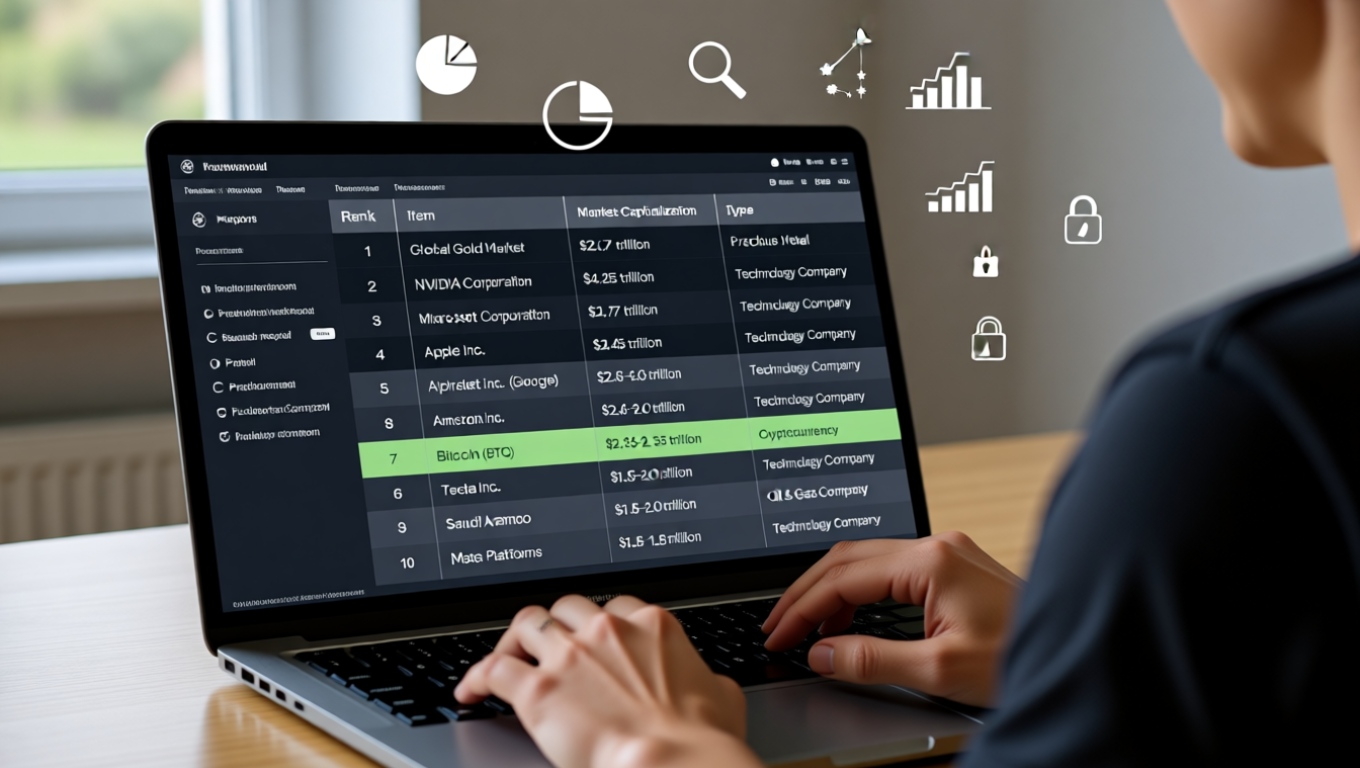
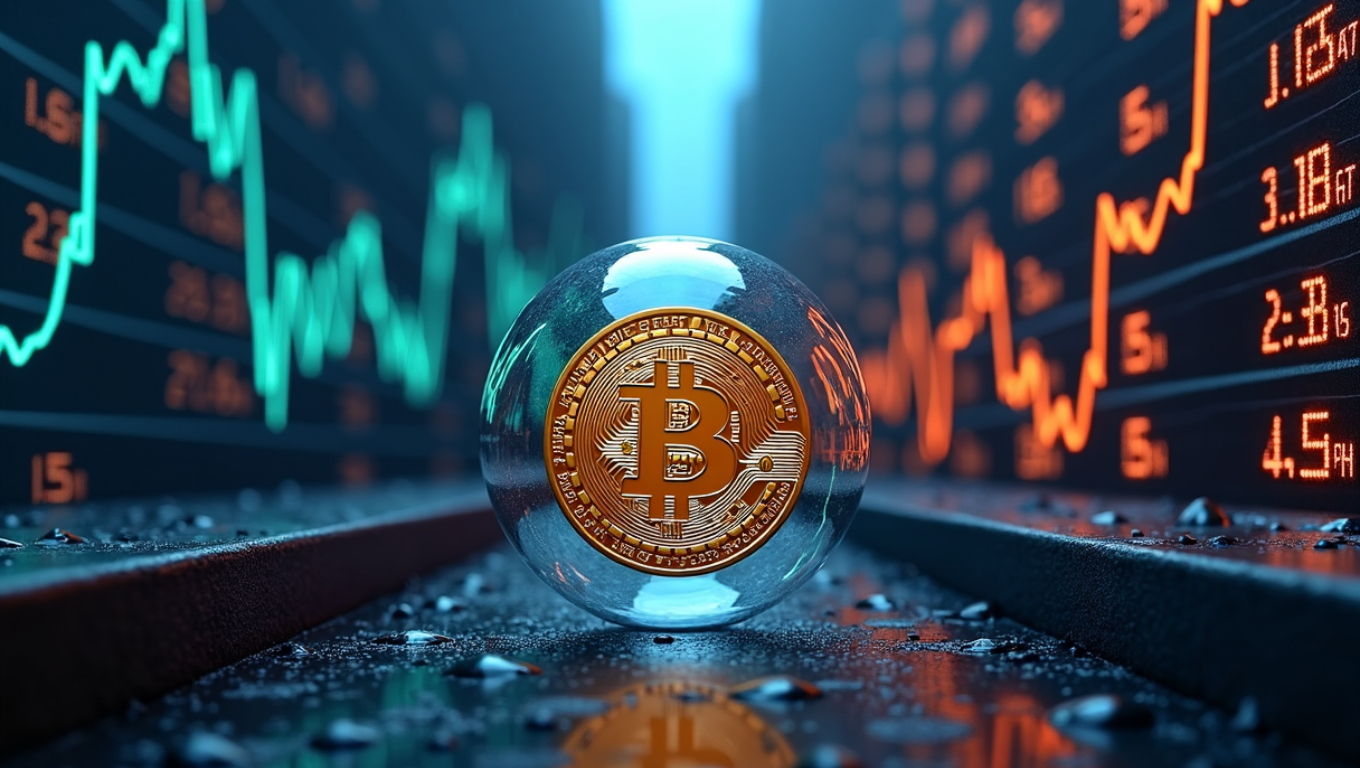
Leave a Reply